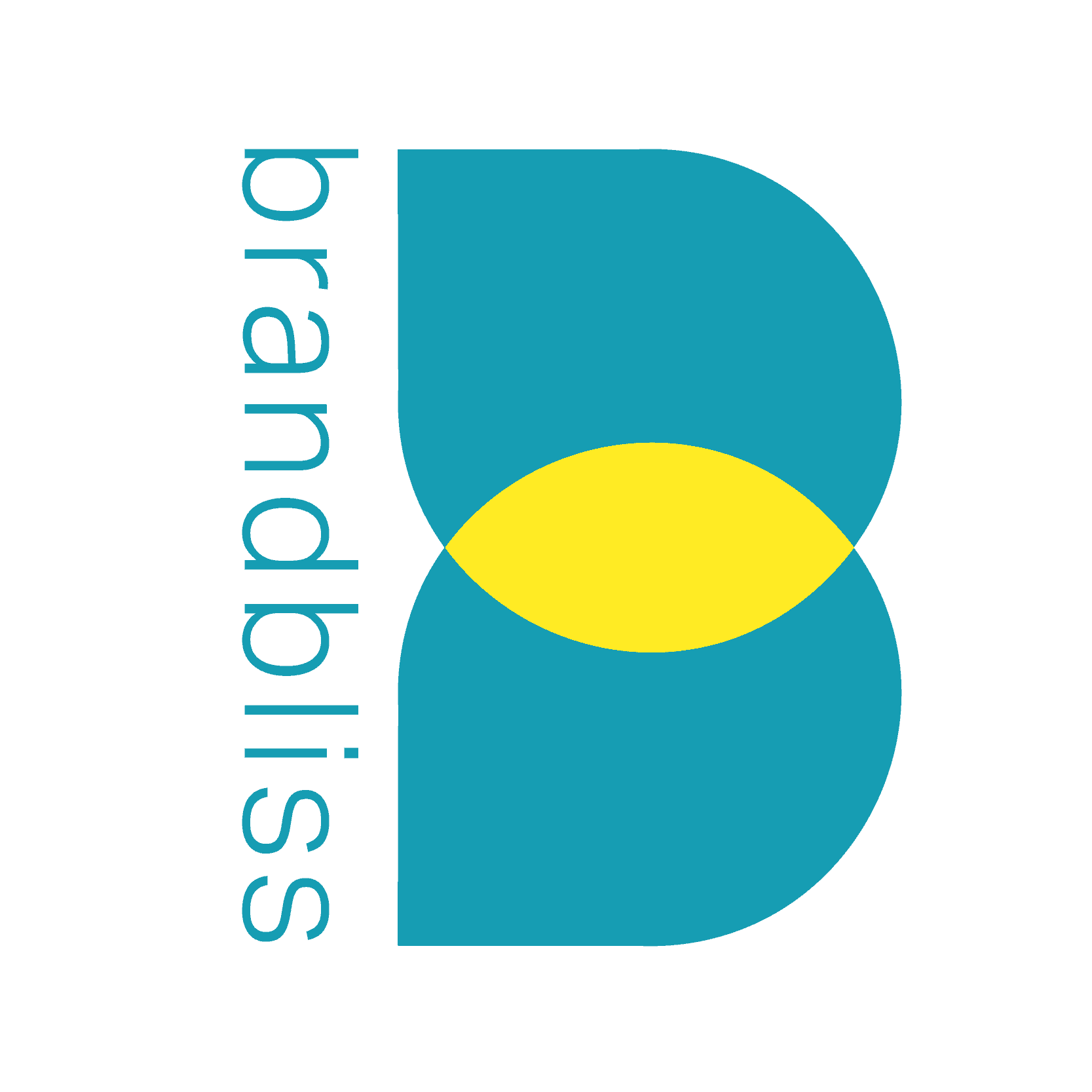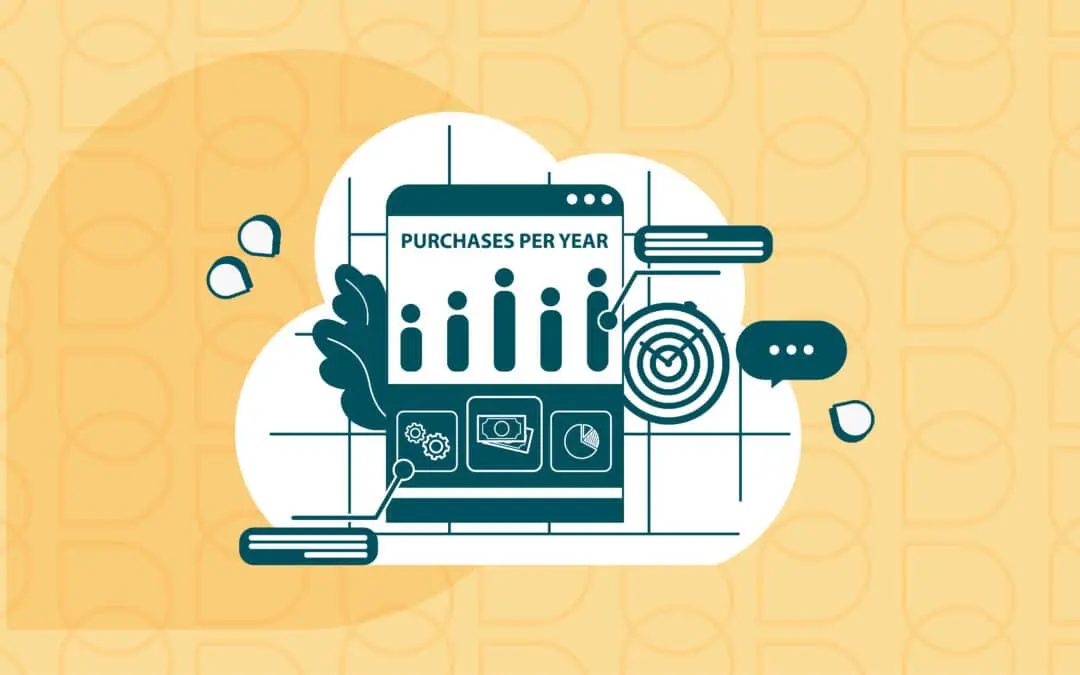Unlocking the Lifetime Value: A Beacon for Small Business Prosperity
In the intricate world of business, success isn’t just about the immediate gains but about understanding the deeper narrative of investments and returns, of expenses and worth. It’s a symphony where today’s profits hold clues to tomorrow’s prosperity. And in this intricate dance, there’s a metric that stands as a beacon for small businesses, guiding them toward sustainable growth – Customer Lifetime Value, or CLV.
Imagine this: A customer brings in a handsome sum of $1,000 throughout their journey with your business. Together, you’ve crafted a story in the annals of transactions. But to play a role in this narrative, you’ve incurred costs amounting to $500 – labor, resources, you name it. When you close the chapter and balance your books, you uncover the true gem, the net CLV, standing at $500.
Navigating the Landscape: Leveraging CLV for Strategic Decisions
This figure is your compass in the terrain of profitability. It unveils your most valuable customers, those who quietly contribute, those who demand more than they offer, and those who simply coast along. It empowers you to chart your course in customer acquisition and retention with precision. Suddenly, that customer with a high CLV but soaring costs loses its luster, doesn’t it?
Remember, your business isn’t just about sales; it’s about resource management, deftly deciding where to invest your time and energy. And knowing your CLV could be your playbook. If you spot a segment of customers with a high CLV and low service costs, wouldn’t you want to roll out the red carpet for them? Exceptional service, tailored experiences – they deserve it all! And the payoff? Skyrocketing customer satisfaction and loyalty.
Advanced Techniques: Navigating the Depths with Predictive CLV, Machine Learning, and Cohort Analysis
Now, how do you uncover your compass, your CLV? The answer lies in capturing all relevant costs tied to serving your customers, along with your generated revenue. Subtract the costs from the revenue, and there you have it, your net CLV. Remember, the formula might flex a bit depending on your business and industry. But the essence remains the same – understanding the true value of each customer.
The grand tale of customer value extends beyond revenue chapters. It’s a saga where service costs play a pivotal role. By incorporating these costs into your CLV calculations, small businesses can gain a holistic view of their profitability landscape. This perspective enables informed decisions about resource allocation and crafting customer retention strategies.
Let’s dive a little deeper. A cursory glance at CLV might offer an average, a rudimentary estimate by dividing total revenue by customer numbers. But does it capture the shifting dynamics of customer behavior? Does it factor in the costs incurred for acquiring and retaining customers? Not quite. That’s why small businesses should aspire for more – embracing advanced techniques like predictive CLV, machine learning-based CLV, or cohort analysis. These methods are your compass, guiding you toward profound customer insights.
Predictive CLV integrates the average purchase value, purchase frequency, and customer lifespan into the equation. With statistical models, you can predict a customer’s future behavior and estimate their lifetime value. Compared to historical CLV, predictive CLV offers a more accurate view of customer value. This, in turn, fuels data-driven decisions for customer retention, personalized marketing campaigns, and resource allocation.
On the other hand, machine learning-based CLV takes it a step further. It harnesses advanced machine learning algorithms to analyze a plethora of customer data, from demographics and purchase history to website activity and social media engagement. While this method demands substantial data and machine learning expertise, the predictions it yields about customer behavior and value are priceless.
Meanwhile, cohort analysis offers a unique perspective. It groups customers based on shared characteristics or experiences, tracking their behavior and value over time. This approach provides valuable insights into how different customer groups evolve and contribute value. It’s akin to having a customized map to guide your marketing and customer retention strategies for each distinct customer group.
Integrating CLV into a small business strategy is akin to switching on headlights on a winding road. It illuminates your most valuable customers and guides you in nurturing these invaluable relationships. Think personalized experiences, loyalty programs, or exclusive offers. The result? Elevated customer satisfaction and loyalty, culminating in a stellar CLV and sustainable profitability.
Furthermore, CLV serves as your guiding star for marketing endeavors. It enables you to identify customer segments ripe for growth or untapped market opportunities. For instance, if your CLV analysis unveils a particular customer segment poised for expansion, wouldn’t you want to direct your marketing efforts toward them and devise campaigns to entice more customers from that segment?
Real-world Applications: Tales of Success with CLV
Let’s explore some real-world narratives of CLV. Picture an e-commerce business specializing in consumer electronics. By harnessing the power of predictive CLV, they pinpoint customers likely to return, empowering them to craft targeted marketing campaigns for bolstering loyalty and revenue growth.
Meanwhile, machine learning-based CLV allows them to sift through vast pools of customer data, extracted from their website, social media channels, and customer support interactions. This wealth of insights helps them tailor recommendations, enhance customer experiences, and elevate CLV to new heights.
Now, envision a subscription-based service, such as a software-as-a-service (SaaS) company. Here, cohort analysis serves as their guiding compass, unraveling how different customer cohorts engage with their product over time. By dissecting each cohort’s behavior and value, they discern trends, preferences, and pain points. These invaluable nuggets shape their product evolution, customer support enhancements, and targeted strategies for upselling or cross-selling, all contributing to increased CLV.
For small businesses aspiring to grasp the long-term value of their customer base, Customer Lifetime Value (CLV) stands as an indispensable ally. By factoring costs into CLV calculations and embracing advanced methodologies like predictive CLV, machine learning-based CLV, or cohort analysis, businesses can embark on a voyage of profound customer understanding. This voyage equips them to make informed decisions about resource allocation, marketing strategies, and customer retention efforts.
In the pursuit of maximizing CLV, small businesses forge enduring customer relationships, propel revenue growth, and ultimately carve their path to sustained success. After all, it’s the worth of a lifetime.
brandbliss is a NY based creative marketing agency helps high-touch service businesses strategize, implement and manage winning marketing communications, experiences, and service delivery combinations to get more customers and maximize those relationships long-term.


